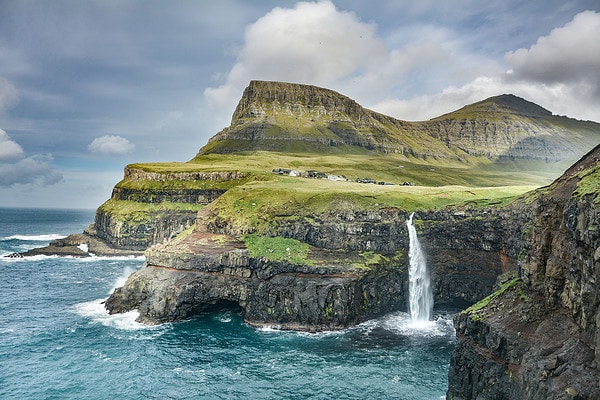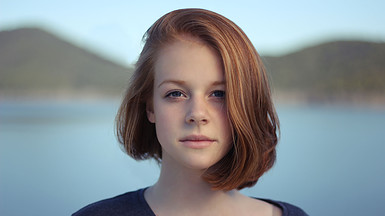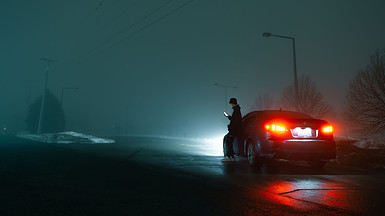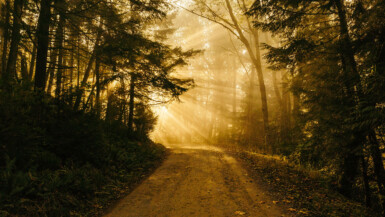Landscape photography is a popular genre among photographers, and for good reason. Capturing the beauty of the great outdoors can be a rewarding and fulfilling experience. However, it can also be challenging, especially if you’re new to the art of landscape photography. In this guide, we will go over the essential equipment, camera settings, composition techniques, lighting, shooting techniques, and post-processing to help you improve your landscape photography skills with a DSLR camera.
Equipment
To take great landscape photographs, you’ll need the right equipment. Here are the essentials:
- DSLR camera and lenses: A good DSLR camera with a wide-angle lens is ideal for landscape photography.
- Tripods: Tripods provide stability and allow you to take long exposure shots without camera shake.
- Filters: Neutral density filters reduce the amount of light entering the lens, allowing for longer shutter speeds and more creative effects. Polarizing filters reduce glare and reflections and enhance colors.
- Other accessories: Remote shutter releases, backpacks, and lens cloths are handy accessories for any landscape photographer.
Camera Settings
Camera settings play a crucial role in landscape photography. Here are some essential settings to consider:
- Aperture, shutter speed, and ISO: Use a small aperture (high f-number) to ensure a wide depth of field, a slow shutter speed for long exposure shots, and a low ISO to reduce noise.
- Depth of field: Consider your foreground, midground, and background when choosing your aperture settings.
- Focus and sharpness: Use a tripod and manual focus to ensure sharpness throughout the image.
- White balance: Use the appropriate white balance setting for the lighting conditions to avoid color cast.
- Exposure compensation: Adjust exposure compensation to ensure proper exposure, especially when shooting in challenging lighting conditions.
Composition
Composition is a crucial aspect of landscape photography. Here are some essential techniques to keep in mind:
- Rule of thirds: Divide the frame into thirds and place the main subject on one of the intersecting lines.
- Leading lines: Use natural lines in the scene to lead the viewer’s eye towards the main subject.
- Framing: Use natural elements in the scene to frame the main subject.
- Point of view: Experiment with different angles and viewpoints to create a unique perspective.
- Contrast and color: Use contrasting colors to create interest and enhance the visual impact of the scene.
Lighting
Lighting can make or break a landscape photograph. Here are some essential tips to keep in mind:
- Golden hour and blue hour: The golden hour (just after sunrise or just before sunset) and the blue hour (just before sunrise or just after sunset) are the best times to capture beautiful light and colors.
- Types of light: Soft light is ideal for creating a calm and peaceful mood, while hard light can create drama and impact.
- How to use light to your advantage: Use the light to enhance the mood and create depth in your images.
- Avoiding harsh shadows: Use fill flash or reflectors to fill in shadows and ensure even lighting across the scene.
Techniques
Techniques can take your landscape photography to the next level. Here are some essential techniques to consider:
- Bracketing: Take multiple shots at different exposures to create a high dynamic range (HDR) image.
- Panorama stitching: Take multiple shots and stitch them together to create a panoramic image.
- HDR: Merge bracketed images to create a final image with a wider dynamic range.
- Long exposure: Use long shutter speeds to create motion blur and other creative effects.
- Focus stacking: Take multiple shots at different focus distances and blend them together in post-processing for a sharp final image.
Post-processing
Post-processing is an essential part of landscape photography. Here are some essential tips to consider:
- RAW vs JPEG: Shoot in RAW format to have more flexibility in post-processing.
- Editing software: Use editing software such as Lightroom or Photoshop to adjust exposure, contrast, white balance, and other settings.
- Basic adjustments: Make necessary basic adjustments to bring out the best in your images.
- Advanced techniques: Experiment with advanced techniques such as dodge and burn, selective color adjustments, and compositing to create stunning final images.
Conclusion
Landscape photography can be challenging, but with the right equipment, camera settings, composition techniques, lighting, shooting techniques, and post-processing, you can take your skills to the next level. Remember to have fun and enjoy the process of landscape photography. Go out and practice, and don’t be afraid to experiment with different techniques and styles. With time and practice, you’ll be able to capture stunning images of the great outdoors with your DSLR camera.





